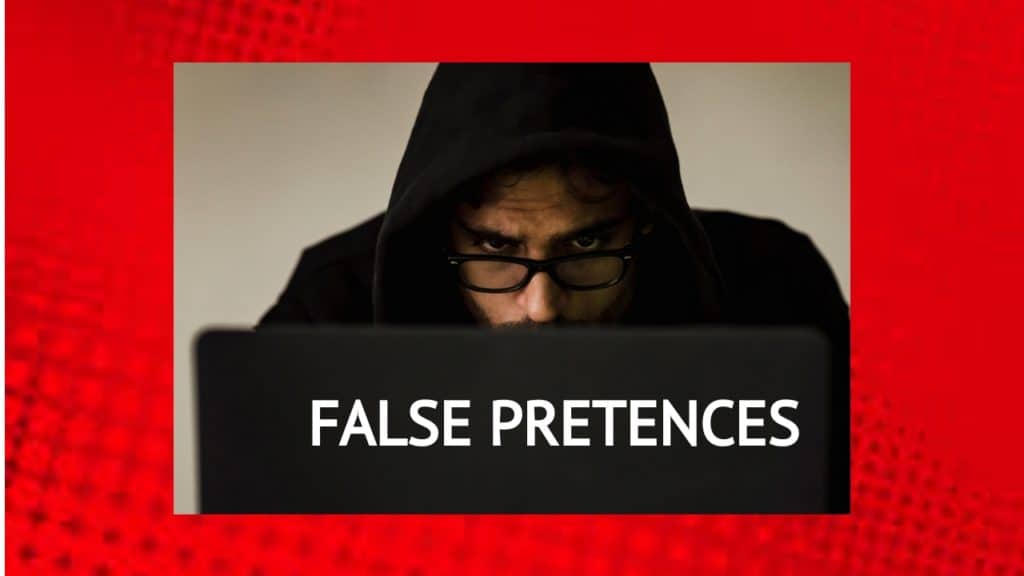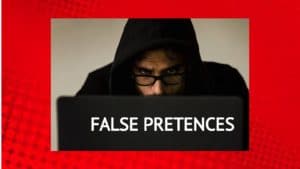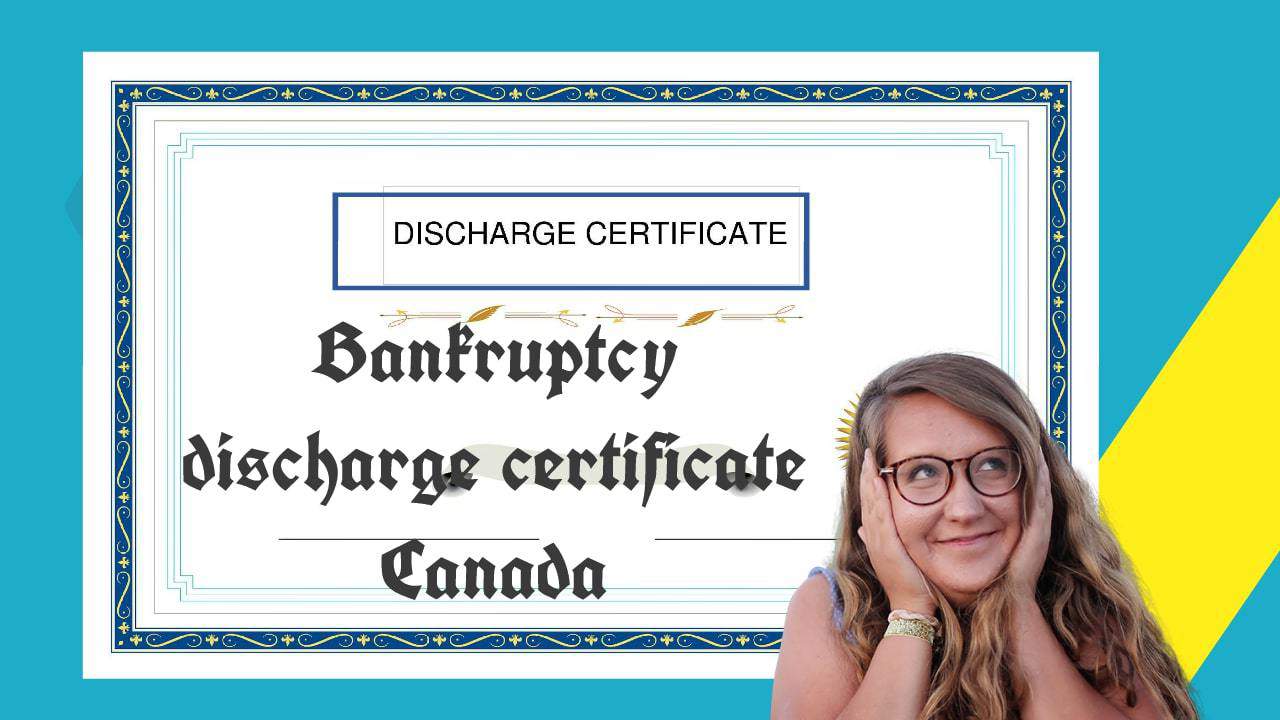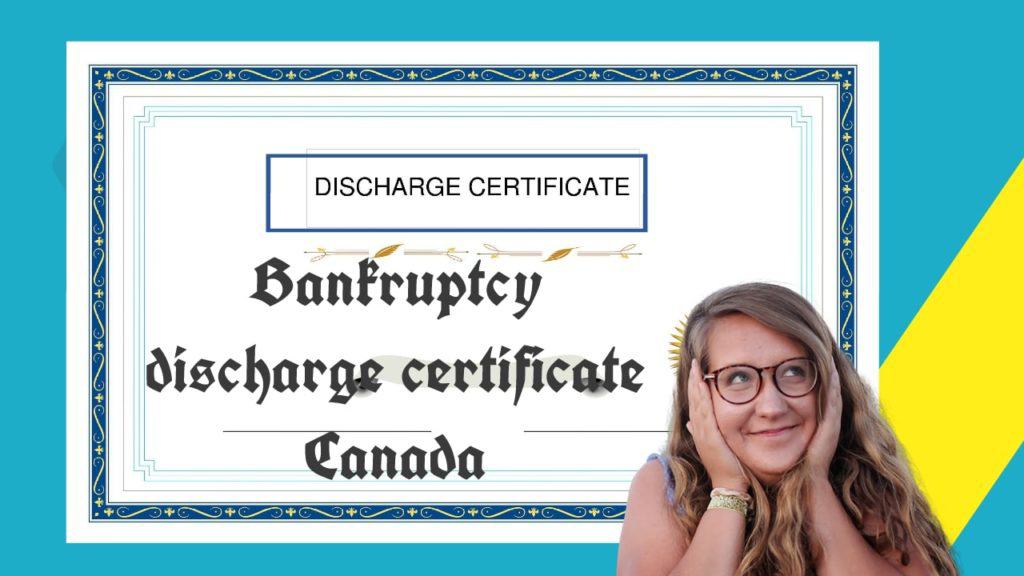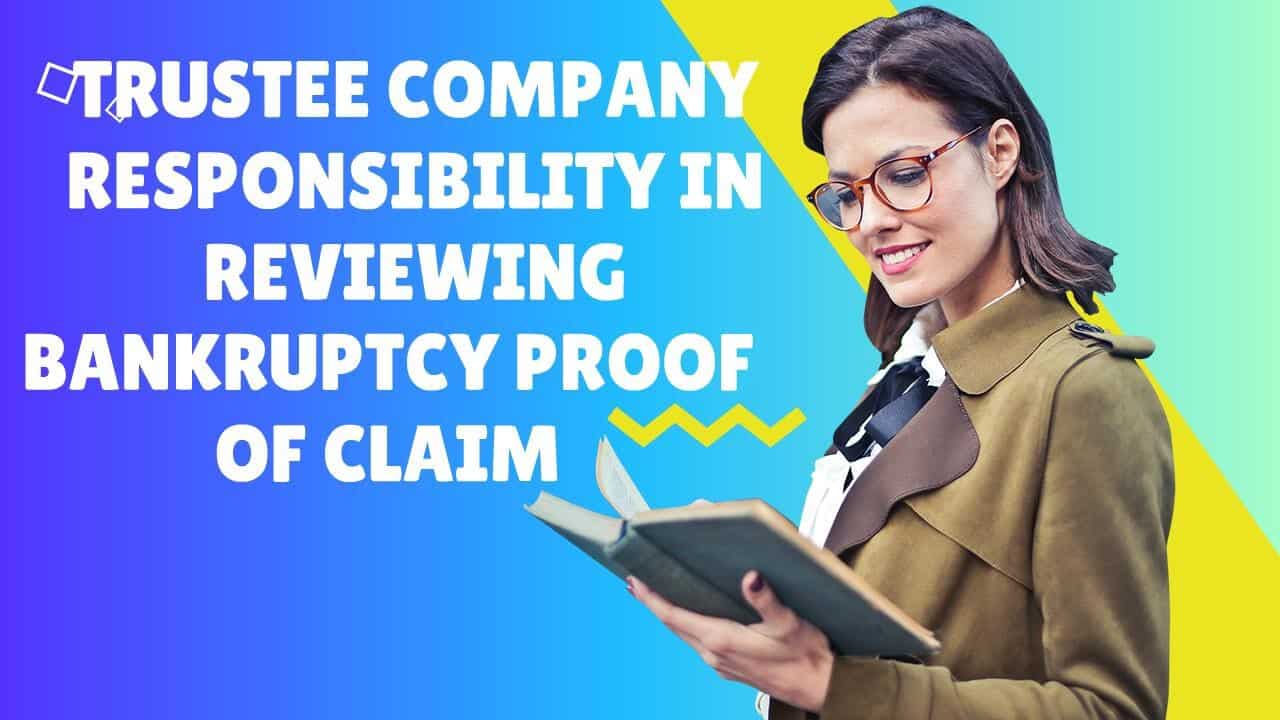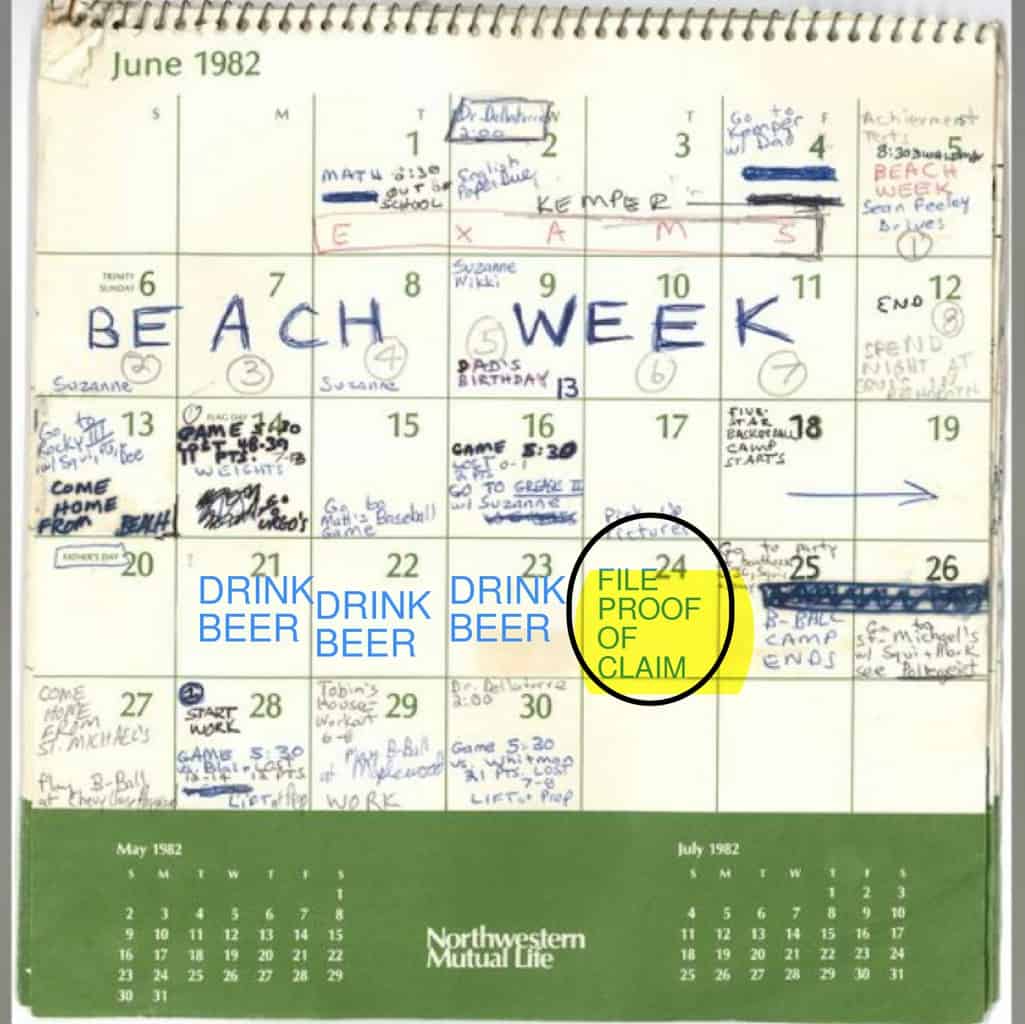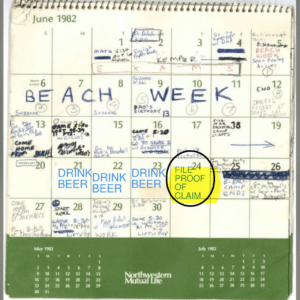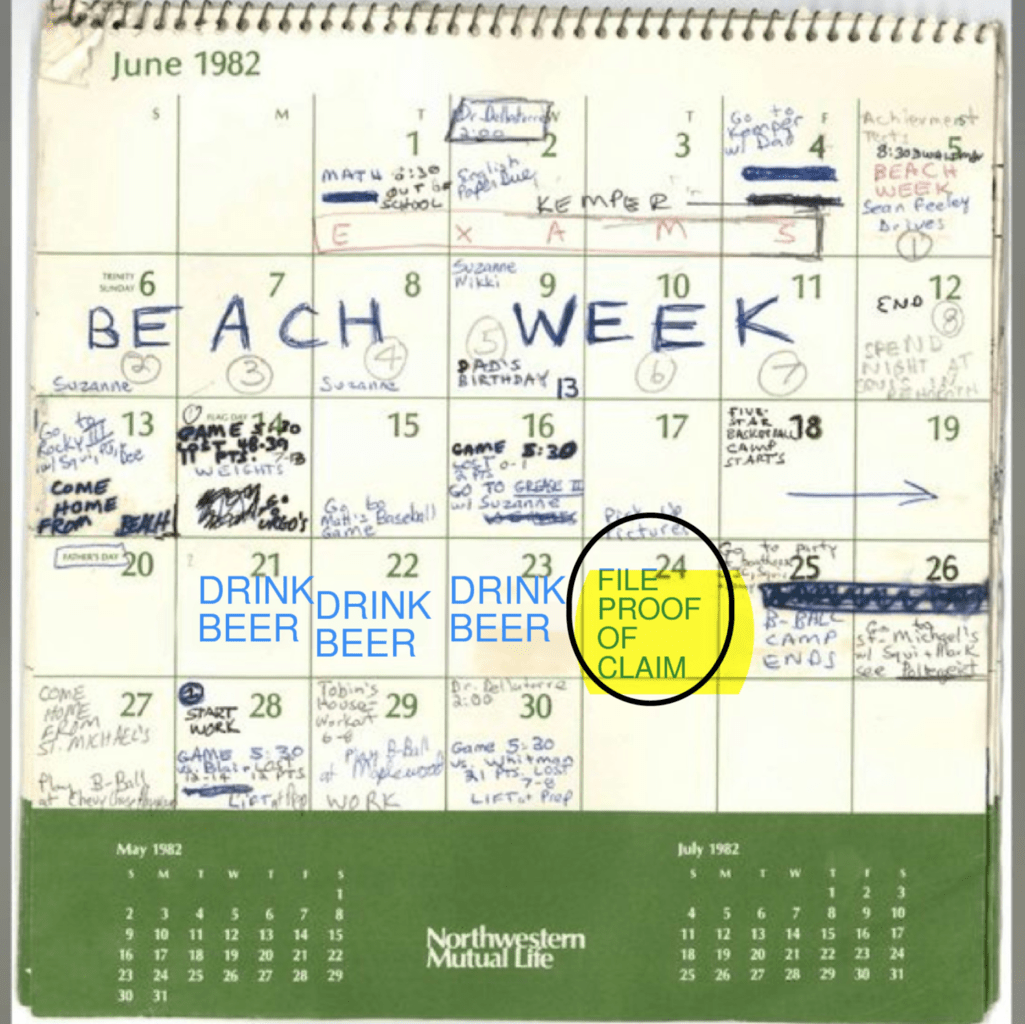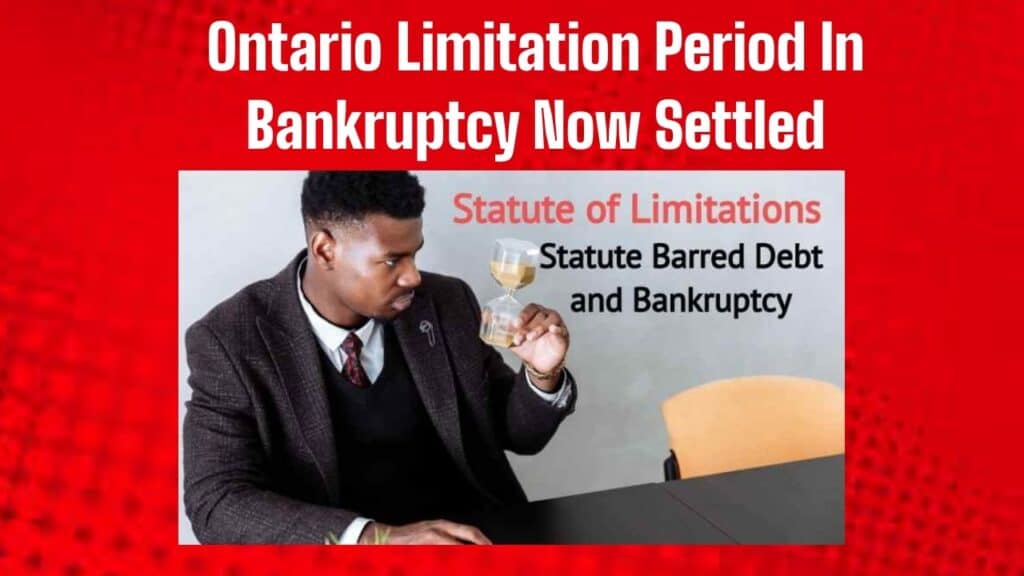
We hope that you and your family are safe, healthy and secure during this COVID-19 pandemic.
Ira Smith Trustee & Receiver Inc. is absolutely operational and Ira, in addition to Brandon Smith, is readily available for a telephone consultation or video meeting.
If you would prefer to listen to the audio version, please scroll to the very bottom and click play on the podcast.
Statute of limitations in Ontario: The uncertainty behind Ontario’s limitation period for debt collection
Many individuals have a problem determining the statute of limitations in Ontario for financial debt collection under the Limitations Act, 2002, S.O. 2002, c. 24, Sched. B. This confusion is all-natural because the time duration is computed based upon the moment when a creditor knew, or ought to have actually recognized that it had a claim to get legal advice on and initiate legal action for recovery.
The unpredictability emerges because the point you need to begin determining from is not necessarily a certain date you can indicate on the calendar. Rather, it may need to be presumed from the realities in any specific situation.
Why does the limitation period matter? It matters because if a creditor does not initiate legal action within the allowed period of time in Ontario within 2 years of knowing, or having out to have known, that it had a claim to litigate, the claim is then statute-barred. What this means is that the claim can no longer be pursued as a valid debt.
In this Brandon Blog, I describe what seems to be the final word now on the statute of limitations in Ontario and proving your claim in bankruptcy.
Statute of limitations in Ontario: Time limits, collections and bankruptcy
If you think it was confusing for only the average Ontario citizen, think again. It was also confusing for lawyers and licensed insolvency trustees. In my March 15, 2021, Brandon Blog titled “STATUTE OF LIMITATIONS: IS STATUTE BARRED DEBT A BASIC PROPER BANKRUPTCY CLAIM IN ONTARIO?“, I described the decision of Master Mills (as she then was) who has since been elevated to the position of a Judge.
Her decision released on March 8, 2021, in. the legal proceeding of In re: John Trevor Eyton, 2021 ONSC 1719 (CanLII), has changed the way we look at creditors who file a proof of claim in either a consumer proposal, restructuring proposal or a bankruptcy. Just to refresh your memory, she decided that if a claim was past the two-year limit under the statute of limitations in Ontario, then the creditor could not even file a proof of claim in bankruptcy on that debt.
In that blog, I also described what the statute means for debt collectors. I also said that the Eyton decision was going to be appealed. Well, it was and we now have the ruling from a Judge of the Ontario Superior Court of Justice (In Bankruptcy and Insolvency).
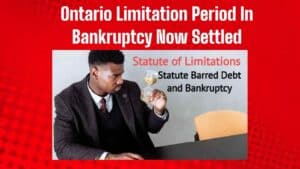
Statute of limitations in Ontario and bankruptcy
The appeal raises a rarely-considered and narrow issue: is a claim which is statute-barred under the statute of limitations in Ontario able to be included by a creditor in filing a Form 31 proof of claim in the bankruptcy of the debtor?
On May 19, 2021, Justice S.F. Dunphy released his decision regarding the appeal of the Eyton decision. I won’t repeat the original decision here because I discussed it in detail in my above-noted blog.
Suffice to say that the basis of this litigation is that the Trustee disallowed the creditor’s filed proof of claim because the last payment made on the debt was in April 2016. The creditor did not take legal action against the debtor.
This made the claim now more than two years old before the date of bankruptcy. Therefore the Trustee said since the claim is statute-barred, it cannot be a debt to be proved in this bankruptcy.
Statute of limitations inForm 79 Ontario: When it is too late to sue?
As previously mentioned, the creditor appealed the Trustee’s decision to Master Mills and lost. Now the creditor was appealing the Master’s decision to the Judge.
The issue to be decided was when:
- it is far too late to take legal action to try to collect on the debt;
- the debtor has actually submitted either for a restructuring proposal or for bankruptcy under the Bankruptcy and Insolvency Act (Canada) (BIA);
- the debtor has actually included the amount of that creditor’s claim in the sworn Statement of Affairs; and
- under the statute of limitations in Ontario, the financial debt is statute-barred yet is not extinguished,
can the creditor file a claim for that financial obligation in the insolvency proceeding?

Statute of limitations in Ontario and the Effect of Form 79 Statement of Affairs
The creditor’s first point in the appeal was that its debt was listed in the debtor’s sworn Statement of Affairs. Since the debtor recognized the debt, and the debt is not extinguished, then a proof of claim for the amount should be admitted by the Trustee.
The Judge did not think much of this argument. He stated that just because an amount is listed as a liability on the Statement of Affairs, each creditor is still required to prove their claim. The distinction is that a debtor may think that the debt is a provable claim, but a creditor still has to prove their claim. Stated another way, every claim is a potential claim until proven in accordance with the BIA.
In most restructuring proposals or bankruptcy administrations, the debtor’s listing of claims for at least the unsecured debt will never exactly match the final list of proven claims. That is just the way it is.
Can statutes of limitation barred claims be proved in bankruptcy?
As the BIA is federal law, then all provincial limitations laws in Canada are in play. Not just the two-year limitation period in the statute of limitations in Ontario. The creditor’s legal counsel advanced the following arguments regarding civil claims in bankruptcy:
- The BIA does not define provable claims with any reference or qualification relating to any provincial applicable limitation periods.
- The Supreme Court of Canada in Schreyer v. Schreyer, 2011 SCC 35 (CanLII), [2011] 2 SCR 605 decided that the meaning of the term provable claims in the BIA is that if the debt exists and can be liquidated and if the underlying obligation exists as of the date of bankruptcy and if no provincial exemption rule applies, the claim will be deemed to be provable.
- The two-year limitation period in the statute of limitations in Ontario is procedural in nature because it does not extinguish the debt, it just says that a proceeding, such as the issuance of a statement of claim, cannot begin.
- In one of the Ontario cases I mentioned in my earlier blog (Re: Temple), the Judge, in that case, found that a claim that was older than the basic limitation period in Ontario could be used as a debt owing for the purpose of launching a Bankruptcy Application seeking a Bankruptcy Order being made against a debtor.
The Judge was not persuaded by any of these arguments. He shot them down one by one. I can summarize all of his comments as follows. The purpose of the BIA is to have an equitable distribution of the bankrupt’s assets amongst the creditors, in the priority laid out in the BIA. The claims of all unsecured creditors are to be treated equally and each unsecured creditor is to receive their pro-rata share.
If a creditor who cannot enforce its claim in respect of payment can receive the same share as a creditor who still can enforce its claim for payment, then the claims of all unsecured creditors are not being treated equally.
So Judge Dunphy of the Ontario Superior Court of Justice (In Bankruptcy and Insolvency) dismissed the appeal. I have been told by the lawyer for the creditor who appealed the Master’s decision to the Judge that he does not feel he has a chance to win an appeal to the Court of Appeal for Ontario. So the law on claims barred by the statute of limitations in Ontario in an insolvency proceeding is now settled. Such a claim is not a claim provable and probably cannot even be used as the basis of a claim in a Bankruptcy Application.

What does this mean for proceedings and intended proceedings in Ontario?
As far as what this means for debt collectors trying to collect a claim in respect of any statute barred debt and for a debt collection agency, whether they are trying to collect on personal debts such as a credit card debt or on commercial debts, look at my previous blog where I discuss what it means for a debt collection agency.
As far as what it means for an insolvency process, there are several takeaways for me on this. First, whenever a creditor files a completed Form 31 proof of claim, there needs to be a schedule attached to the form that clearly shows how the debt is calculated. If there is not going to be any distribution to the unsecured creditors then there is no need to vet every claim to the nth degree.
However, where there will be a distribution to the unsecured creditors, then the Trustee is going to have to take great care in reviewing and vetting each claim. The Trustee will have to make a determination in each case if the claim is barred by the statute of limitations in Ontario or not. If there is insufficient detail in the schedule attached to the Form 31 proof of claim, the Trustee will have to go to each such creditor and get more details. I suspect there will be a whole lot more claims being disallowed than in the past.
Of course, each creditor whose claim has been disallowed by the Trustee because it is barred by the statute of limitations in Ontario has the right to appeal the Trustee’s decision to the Master sitting in the Ontario Superior Court of Justice in Bankruptcy and Insolvency).
Statute of limitations in Ontario: Get a personalized debt free plan today
I hope that you found this statute of limitations in Ontario Brandon Blog interesting. If you are concerned because you or your business are dealing with substantial debt challenges and you assume bankruptcy is your only option, call me. It is not your fault that you remain in this way. You have actually been only shown the old ways to try to deal with financial issues. These old ways do not work anymore.
The Ira Smith Team utilizes new modern-day ways to get you out of your debt difficulties while avoiding bankruptcy. We can get you the relief you need and so deserve. Our professional advice will create for you a personalized debt-free plan for you or your company during our no-cost initial consultation.
The tension put upon you is big. We know your discomfort factors. We will check out your entire situation and design a new approach that is as unique as you and your problems; financial and emotional. We will take the weight off of your shoulders and blow away the dark cloud hanging over you. We will design a debt settlement strategy for you. We know that we can help you now.
We understand that people and businesses facing financial issues need a realistic lifeline. There is no “one solution fits all” method with the Ira Smith Team. Not everyone has to file bankruptcy in Canada. The majority of our clients never do. We help many people and companies stay clear of bankruptcy.
That is why we can establish a new restructuring procedure for paying down debt that will be built just for you. It will be as one-of-a-kind as the economic issues and discomfort you are encountering. If any one of these seems familiar to you and you are serious about getting the solution you need to become debt free, contact the Ira Smith Trustee & Receiver Inc. group today.
Call us now for a no-cost consultation.

We hope that you and your family are safe, healthy and secure during this COVID-19 pandemic.
Ira Smith Trustee & Receiver Inc. is absolutely operational and Ira, in addition to Brandon Smith, is readily available for a telephone consultation or video meeting.

